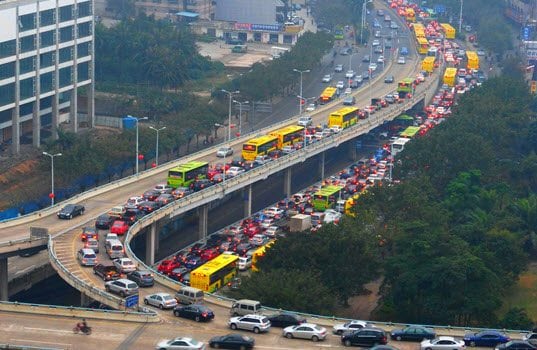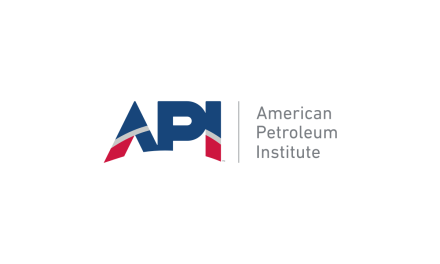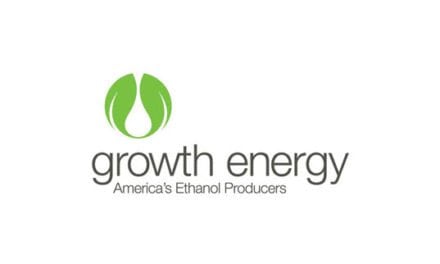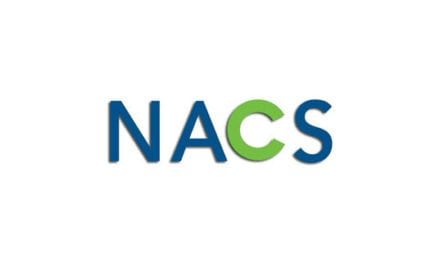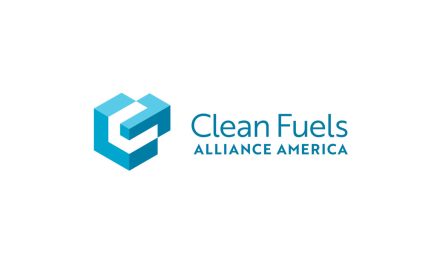By Joe Petrowski
When I was a grain trader in the 1970s some of the the very same issues that surround the energy markets existed:
- Could we continue to produce enough food to feed a hungry world (when prices rose)?
- Why are we paying farmers not to plant and giving food away to the rest of the world (when prices dropped)?
- Then as now politicians and pundits did not understand markets and the trend was always your friend (if we are up we will continue to go up—if we are down it will not stop till we are at zero).
- In times of abundance when we were long and wrong wheat traders would dream and postulate possibilities like: If every Chinese person had one saltine cracker a day over one year they would eat all U.S. stocks and 3 years of production. Of course we never figured out how to get the Chinese to eat an incremental cracker every day. But the point is as an old mentor once said “When you are in bed with 2 billion people and they all decide to roll over at once you will know immediately!”
With global crude oil production at 99 million barrels/day and consumption slightly less (97 MMbpd) can we grow production at 3%/year, which is what consumption normally grows at (world crude demand is closely correlated to global GDP)?
10 year calls on daily crude production look as follows:
- 1%–110 million barrels
- 3%–133 million barrels
- 7%–195 million barrels
Most experts believe in the next 10 years we can:
- Grow conventional oil 20 MMbpd
- Tight (shale) oil 20 MMbpd
- Lose 10 MMbpd from Venezuela, Mexico and Nigeria
So 30 million barrels/day increase is attainable with historical 3% global growth keeping the world in balance.
Of course there are other considerations such as Russian production given the sanctions and general Russian ineptitude, as well as potential African growth outside of Nigeria (the Chinese are investing heavily).
On the bearish side it is also technology slowing the decline curve of tight oil, natural gas as a transport fuel as well as hydrogen and the increased efficiency in usage per unit of GDP output.
But like those fantasizing wheat traders of the 70s the biggest wild card is always China, and specifically transport fuel. To illuminate:
- In the US we have 769 vehicles per 1,000 people
- Globally we have 148 vehicles per 1,000 people
- In China we currently have 50 vehicles per 1,000 people
China led the world last year in new car sales and Beijing is building a network of highways and infrastructure much like the US did during the Eisenhower administration (and in some way for the same reason–security). Bridges and roads must have 17 feet clearance to allow the transport of military vehicles, especially missiles mounted on trucks. In addition, China is trying to drain the cities of overcrowding but growing the suburbs (out of Napoleon’s playbook who created the Arrondissements for just this reason).
So what will be the Chinese vehicle count per 1,000 in 10 years? If it is the U.S. number the incremental demand on crude will be 57 MMbpd. If it is the global average the incremental demand on crude will be 9 MMbpd.
Who knows? But my best guess is some 2 billion Chinese discovering the freedom of the road and along with fuel conservation and efficiency gains we can expect the 10 year call on crude to be between 150 and 160 MMbpd. We better hope we continue to drill on shore, off shore in tight oil and conventional oil. And if while driving they’re eating saltines, then Nabisco and my wheat trading friends will certainly be smiling.
Joe Petrowski has had a long career in international commodity trading, energy and retail management and public policy development. In 2005, he was named President and CEO of Gulf Oil LP and elected to the Gulf Oil LP Board of Directors. In October 2008, he was named CEO of the now combined Gulf Oil and Cumberland Farms, whose annual revenues exceed $11 billion and who now operates in 27 states. In September 2013, Petrowski stepped down as CEO of The Cumberland Gulf Group. He is now the Managing Director of Mercantor Partners, a private equity firm investing in convenience and energy distribution. Joe is also a member of the Gulf, Yesway and Green Print, LLC boards.


